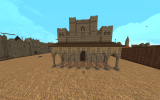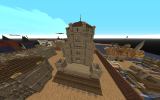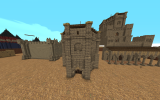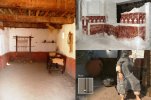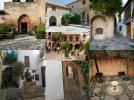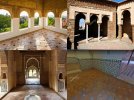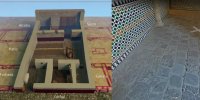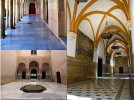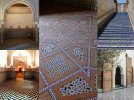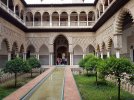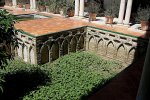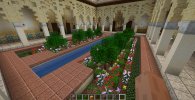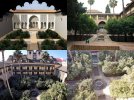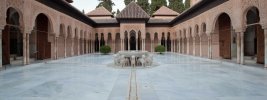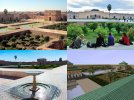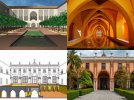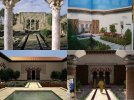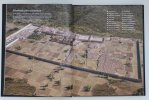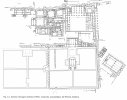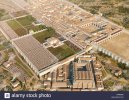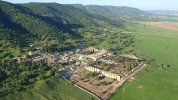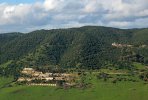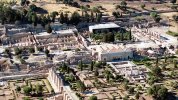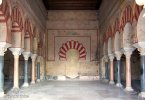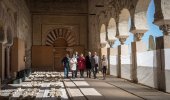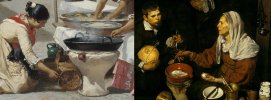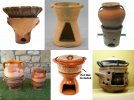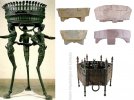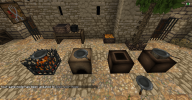Welcome everyone!
As many of you already know, I have quite a soft spot for Dorne. Thus, many of the ideas and propositons I make tend to be about this single region of Westeros. That's why I decided to create this thread: here I will be posting any inspiration or suggestions I find interesitg for the Undefeated Kingdom™, keeping them ordered under one spot, instead of flooding the Inspiration and Worldbuilding forum with lots of individual threads. This is not an individual effort, everyone is encouraged to interact, react and post here whatever they feel like, as feedback is the best way to create awesome projects. Hope this becomes an active and beloved part of Westeroscraft!
As many of you already know, I have quite a soft spot for Dorne. Thus, many of the ideas and propositons I make tend to be about this single region of Westeros. That's why I decided to create this thread: here I will be posting any inspiration or suggestions I find interesitg for the Undefeated Kingdom™, keeping them ordered under one spot, instead of flooding the Inspiration and Worldbuilding forum with lots of individual threads. This is not an individual effort, everyone is encouraged to interact, react and post here whatever they feel like, as feedback is the best way to create awesome projects. Hope this becomes an active and beloved part of Westeroscraft!
Azulejo
Post index
ADR 1: Glazed tiles and colored roofing in al-Ándalus and the Maghreb
Azulejo's Dorne Repository
Azulejo's Dorne Repository Welcome everyone! As many of you already know, I have quite a soft spot for Dorne. Thus, many of the ideas and propositons I make tend to be about this single region of Westeros. That's why I decided to create this thread: here I will be posting any inspiration or...
ADR 2: Flooring options for Dornish buildings
Azulejo's Dorne Repository
Azulejo's Dorne Repository Welcome everyone! As many of you already know, I have quite a soft spot for Dorne. Thus, many of the ideas and propositons I make tend to be about this single region of Westeros. That's why I decided to create this thread: here I will be posting any inspiration or...
ADR 3: Sunken courtyards
Azulejo's Dorne Repository
Azulejo's Dorne Repository Welcome everyone! As many of you already know, I have quite a soft spot for Dorne. Thus, many of the ideas and propositons I make tend to be about this single region of Westeros. That's why I decided to create this thread: here I will be posting any inspiration or...
ADR 4: Video. Madinat al-Zahra, a palace-city at the outskirts of Qurtuba
Azulejo's Dorne Repository
Azulejo's Dorne Repository Welcome everyone! As many of you already know, I have quite a soft spot for Dorne. Thus, many of the ideas and propositons I make tend to be about this single region of Westeros. That's why I decided to create this thread: here I will be posting any inspiration or...
ADR 5: Anafres, braseros and portable stoves
Link to spanish castles post, useful as well.
Last edited:




























